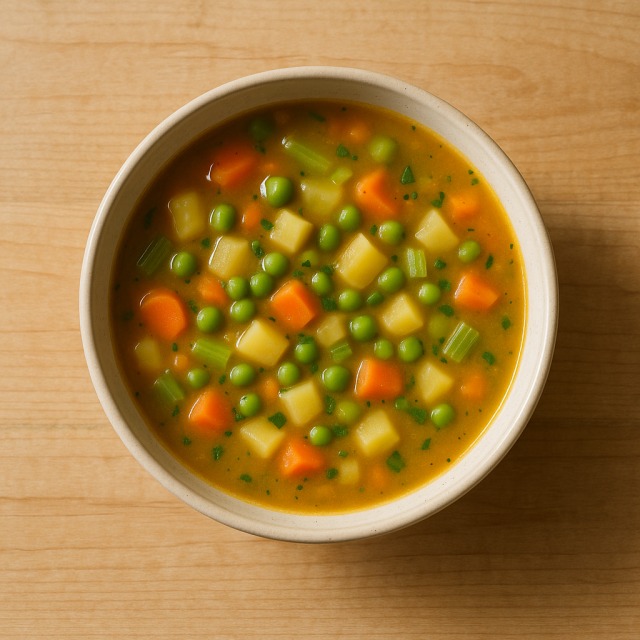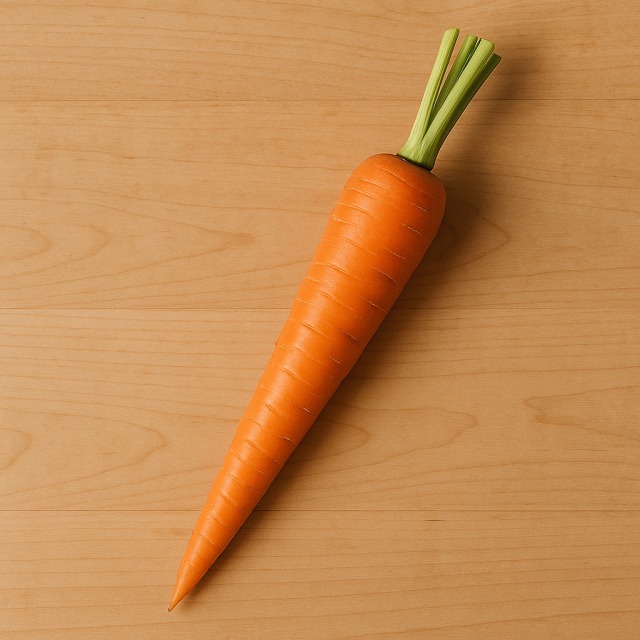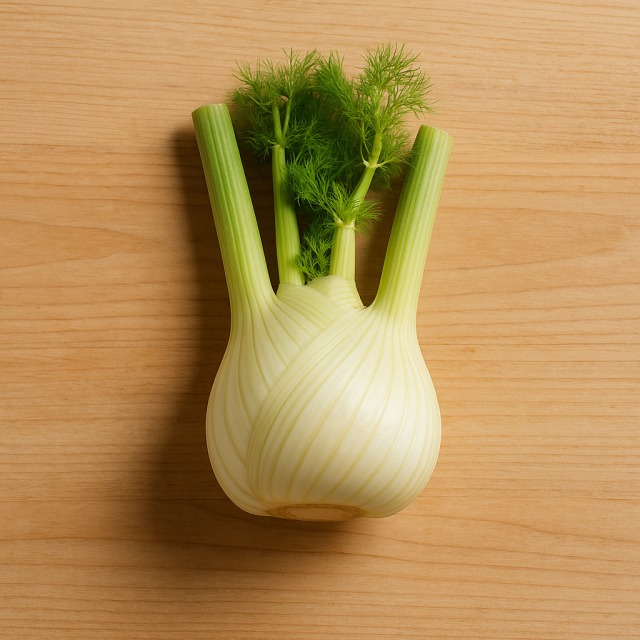Calorie Chart / Vegetables / Vegetable soup
How Many Calories Are in Vegetable soup?
Calculation of the nutritional value & Recommended Dietary Intake of vegetable soup
For ml and a calorie requirement of kcal
| Calories 243 kcal | Proteins 6.3 g | Lipids 6.3 g | Carbohydrates 41 g |
| 12% | 8% | 9% | 15% |
Health benefits of vegetable soup

Vegetable soup - 100ml
Calories 97 kcal
Proteins 2.5 g
Lipids 2.5 g
Carbohydrates 16.2 g
Vegetable soup is a moderate-calorie preparation: a serving provides relatively few calories while still delivering a satisfying volume of food. Because the vegetables simmer in their own cooking water, vitamins A, C, and K as well as folate are only lightly altered, making the soup an excellent carrier of micronutrients without a heavy calorie load.
Minerals such as potassium, magnesium, and a touch of iron contribute to fluid balance and muscle function, again without introducing many calories. The naturally high fibre content helps prolong satiety, so you feel full on fewer calories and may spontaneously reduce overall daily calorie intake without effort.
Historically, vegetable soup was a staple of European households during winter, when root vegetables, leeks, and cabbages were slowly cooked to extract flavour. This tradition lives on in modern dietetics: the combination of hydration, antioxidants like beta-carotene and polyphenols, and modest calories makes it a popular starter for weight-management plans. Some studies even suggest (still proposed, not yet definitive) that regularly beginning a meal with a low-calorie soup can reduce subsequent calorie intake by 10–20 %, underlining once again how strategic this dish can be for controlling calories.
Tips for incorporating vegetable soup into a balanced diet
To structure a balanced lunch around vegetable soup and keep calories in check, start with one bowl, then add a palm-sized portion of grilled chicken breast and a ladle of steamed brown rice. The extra proteins and complex carbohydrates complement the vitamins of the soup without exploding calories, while the rice starch thickens the broth naturally.
If you train intensively and need extra energy, stir in a handful of cooked quinoa or sprinkle grated Parmigiano on top; both options increase proteins yet allow you to monitor calories precisely. Athletes often finish the meal with roasted broccoli florets for an antioxidant boost while still controlling calories.
For a lighter dinner, accompany the soup with two slices of toasted wholemeal bread brushed with garlic. This keeps calories modest but delivers complex carbs and fibre. You can also chill the soup and serve it like a summer gaspacho; this variation refreshes without adding unnecessary calories and is perfect before a main course based on fish or legumes.
Frequently Asked Questions
- How many calories are in vegetable soup?
- There are 97 kcal per 100 g, a figure that places vegetable soup in the moderate-calorie range.
- Is vegetable soup good for losing weight?
- Yes. Its high water and fibre content fills the stomach with very few calories, helping you decrease overall meal calories without feeling deprived.
- Can I increase the proteins without adding too many calories?
- Simply stir in diced tofu or shredded turkey cutlet; both increase proteins while keeping calories lower than cream or cheese enrichments.
- Which spices enhance flavour without extra calories?
- Try paprika, turmeric, or a dash of Tabasco; these add depth and aroma yet contribute virtually zero calories.
- Does freezing vegetable soup alter its calories?
- No. Freezing changes texture slightly, but the calories stay the same once the soup is reheated.
Similar foods
Information provided by Calorie Menu may contain inaccuracies or errors. It cannot, under any circumstances, substitute medical advice or medication.










